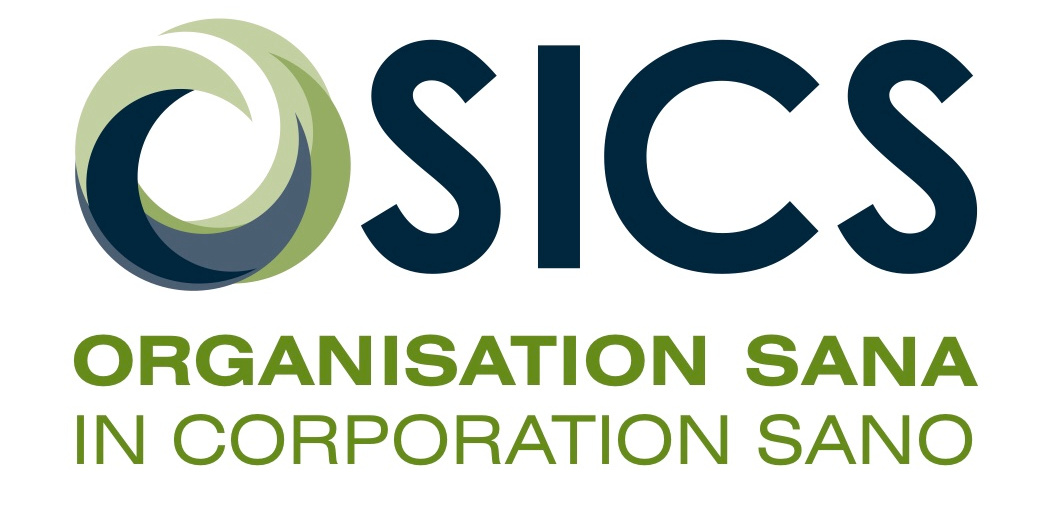Case Study | Enhancing Production Capacity Increased production capacity by ~1 billion units/year (+20%) without any capital investments

OSICS NETWORK, a leading consulting firm, embarked on a transformative journey to optimize production capacity for an Oral Solid Dosage plant.
Facing challenges in meeting customer demands, reducing backlogs, and improving financial performance, the company initiated a comprehensive approach to maximize production efficiency without the need for significant capital investments.
SITUATION
At the outset of this project, OSICS NETWORK’s Oral Solid Dosage plant had a production capacity of approximately 5 billion units (comprising Tablets and Capsules) per annum. However, increasing site transfer activities and the introduction of new product lines had begun to strain the capacity of the main commercial equipment stream.
This resulted in a detrimental impact on meeting customer demands, escalating backorder values, decreased market inventory, and instances of incurring penalties due to missed supplies and order refusals. These challenges were affecting the overall financials and conversion cost of the company.
APPROACH
To address these pressing issues, OSICS NETWORK formed a dedicated task force, consisting of cross-functional experts from within the plant, and enlisted the support of Operational Excellence (OPEX) under the leadership of the site General Manager. The primary objective was to increase the capacity of the Oral Solid Dosage facility by approximately 1 billion units per annum.
The team’s approach included the following key steps:
- Identification of the top 10 high-value, high-volume, and high-profitability products that were most likely to face backorder issues.
- In-depth analysis of each production process step using Operational Excellence tools, such as the Theory of Inventive Problem Solving (TIP) methodology, to identify areas for improvement.
- Implementation of changes to Standard Operating Procedures (SOPs) and the introduction of display boards and other efficiency-enhancing measures.
- Preparation of detailed white papers for each proposed change, followed by rigorous evaluation by regulatory authorities. Regulatory approval was sought exclusively for annual reportable, CBE-0, or CBE-30 changes.
IMPACT
The results of this initiative were significant and far-reaching. Within a timeframe of 9-12 months, after obtaining all necessary regulatory approvals, OSICS NETWORK’s Oral Solid Dosage plant successfully met all customer demands. Backlogs were substantially reduced, and conversion costs decreased by an impressive 35%. The subsequent year’s budget was adjusted to reflect the positive changes and increased capacity, while SAP standards were revised to accommodate reduced processing times. These improvements led to a remarkable increase in the “right first time” rate.
Moreover, this transformation effort fostered a culture of excellence within the organization. The team’s dedication was recognized and rewarded, boosting morale and instigating a positive change in mindset and corporate culture. Continuous monitoring and fine-tuning of the processes ensured that these improvements became ingrained in the routine operations of the company.
OSICS NETWORK’s successful endeavor to enhance production capacity without significant capital investments serves as a testament to the company’s commitment to operational excellence and customer satisfaction.
This case study showcases the effectiveness of a cross-functional, data-driven approach to process improvement, resulting in improved financial performance and a thriving organizational culture. OSICS NETWORK continues to lead the way in providing innovative solutions to its clients, further solidifying its position as a premier consulting firm in the industry.
